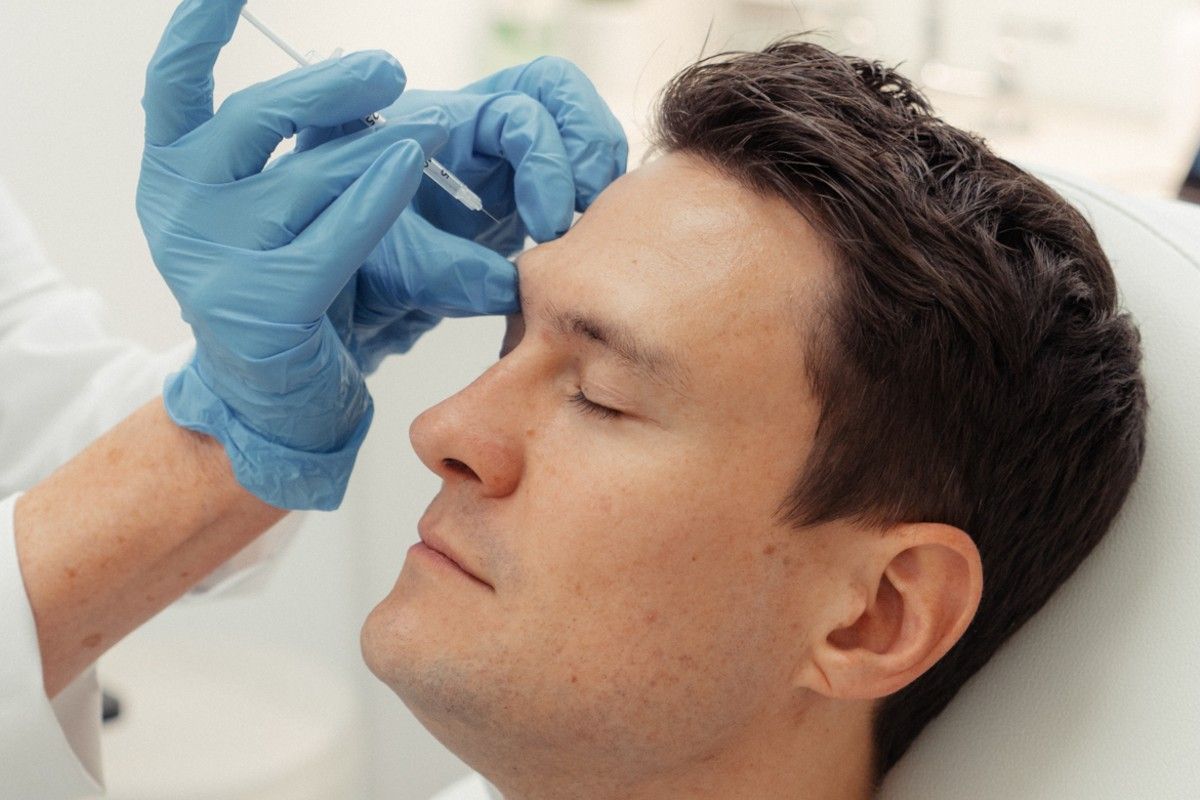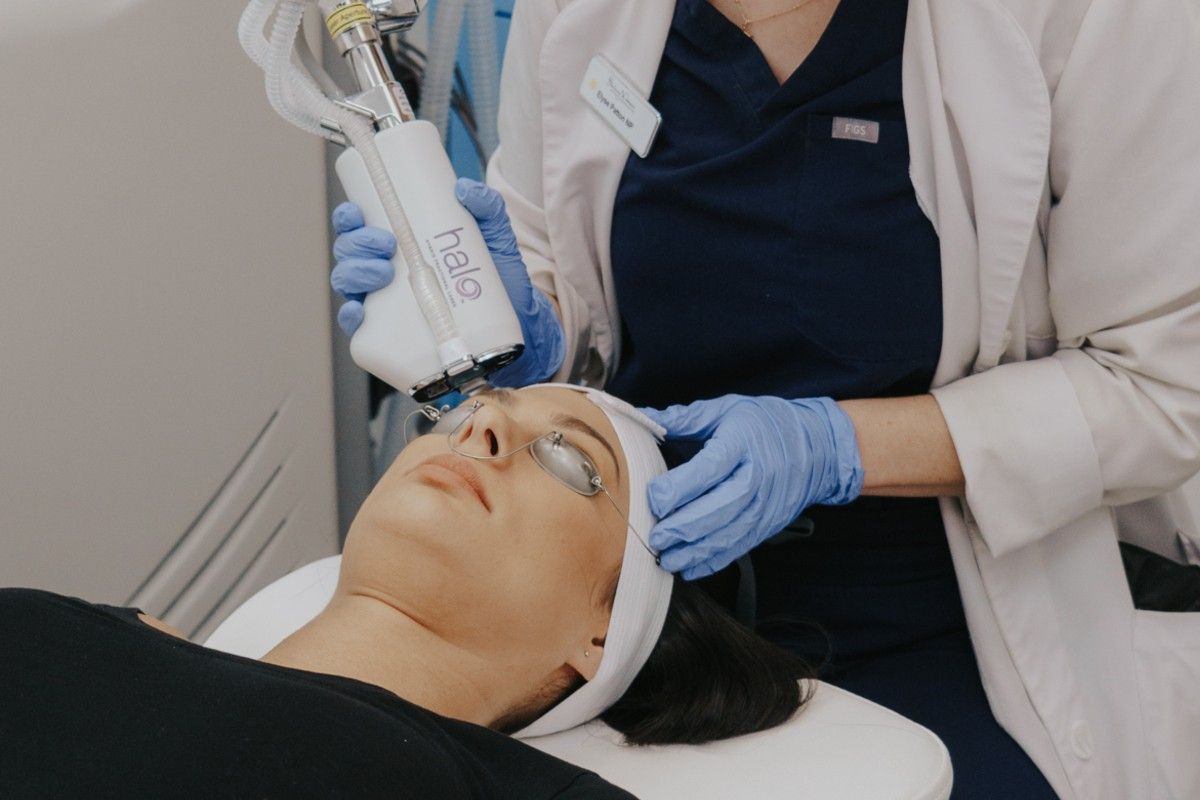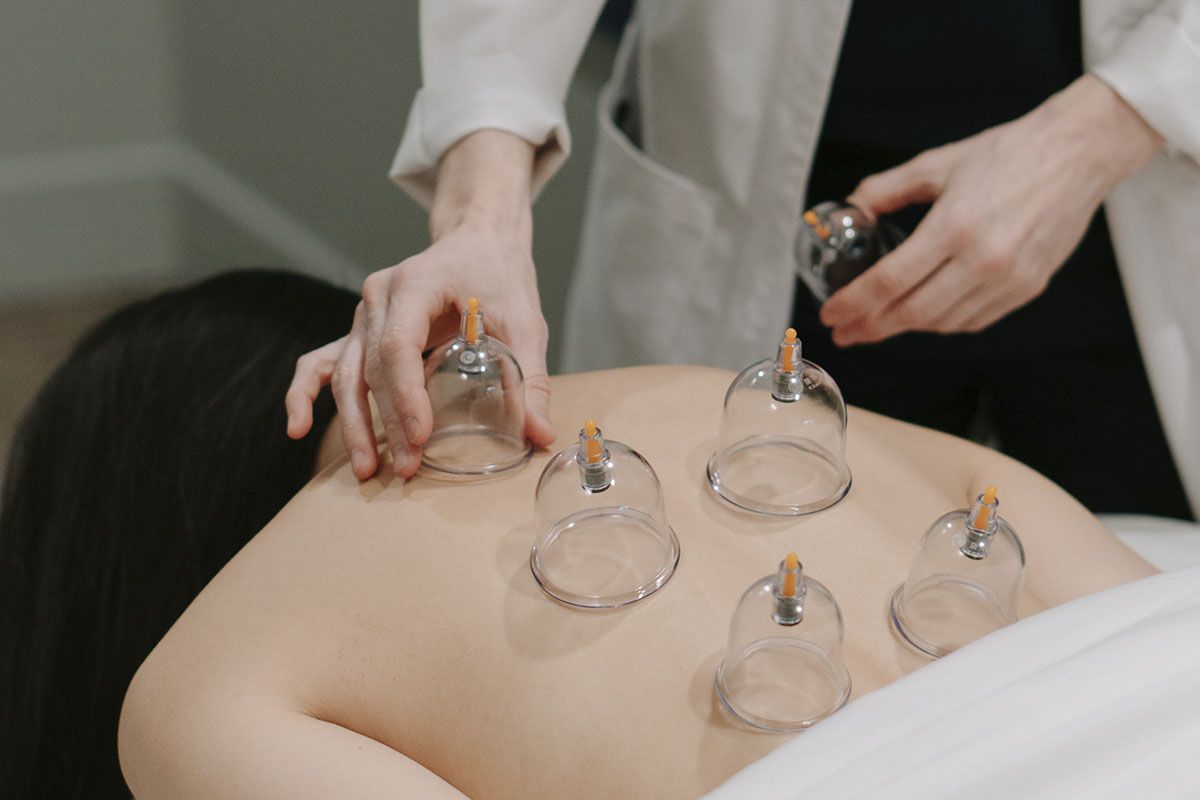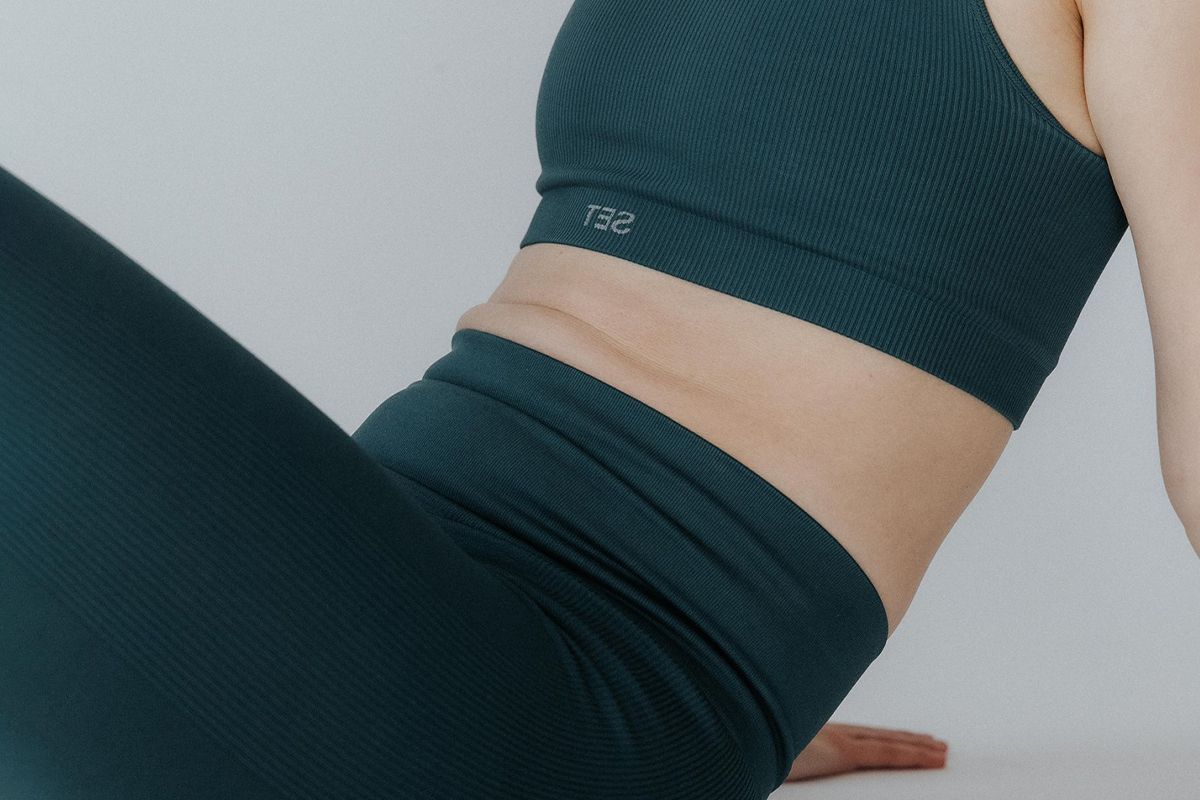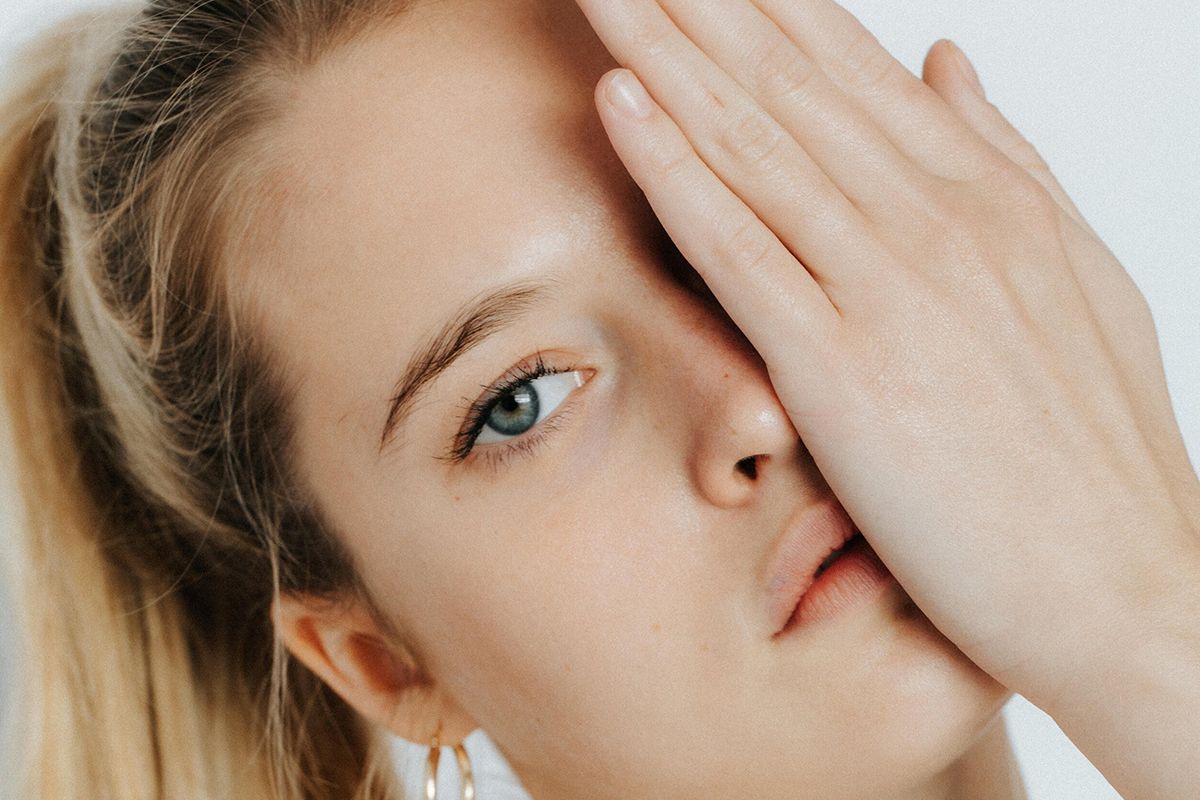Rejuvenate Your Eyes with Eyelid Surgery at Healing Waters
The eyes are such a prominent facial feature, and the rejuvenation must restore to the patient’s desire. Dr. Rieger gently rejuvenates the eye area to provide long-term results using minimally invasive techniques to give a natural look.
What is Eyelid Surgery?
Eyelid surgery, also known as blepharoplasty, is a surgical technique that can restore your eyes to their youthful appearance. By removing excess skin and fat, Dr. Rieger can help improve the appearance of droopy eyelids and reduce puffiness around the eyes. Eyelid surgery can also help improve vision in cases where sagging skin obstructs the visual field.

Benefits of Eyelid Surgery
Eyelid surgery offers numerous benefits, including a more youthful and refreshed appearance, improved vision, and increased self-confidence. Dr. Rieger’s gentle approach to eyelid rejuvenation means you can achieve these benefits with minimal discomfort and downtime.
Dr. Rieger may recommend eyelid surgery on its own or in combination with other facial rejuvenation procedures, such as a facelift, to achieve full and harmonious facial rejuvenation. During your free consultation with Dr. Rieger, he will listen to your concerns and goals, assess your unique facial anatomy, and recommend a personalized treatment plan to help you achieve desired results.
During your consultation with Dr. Rieger, you will have the opportunity to discuss your concerns, ask questions, and learn more about eyelid surgery. Dr. Rieger will listen carefully to your goals and assess your unique facial anatomy to recommend a personalized treatment plan that addresses your specific concerns and helps you achieve desired results.
Testimonial
WE FEEL THE LOVE
“I love what Dr. Rieger did to restore a youthful look to my face, I had a full facelift and upper eyelid surgery, and I am so happy with my results. My friends tell me I look rested and natural. I look like myself but a younger version”.
– J. Rose
Facelift & Eyelid surgery patient.
Frequently Asked Questions
Frequently Asked Questions
Indulge in Relaxation and Rejuvenation at Healing Waters in Wichita, KS
Healing Waters is proud to offer extensive Spa Therapies, Medical Aesthetics, Wellness, Cosmetic Plastic Surgery, and more to clients in Wichita, KS, and its communities. Our commitment to exceptional service and individualized care has established us as the go-to destination for those seeking to elevate their health, well-being, and appearance.
Indulge in Relaxation and Rejuvenation at Healing Waters in Wichita, KS
Healing Waters is proud to offer extensive Spa Therapies, Medical Aesthetics, Wellness, Cosmetic Plastic Surgery, and more to clients in Wichita, KS, and its communities. Our commitment to exceptional service and individualized care has established us as the go-to destination for those seeking to elevate their health, well-being, and appearance.
Other Services You Might Like
Other Services You Might Like
Sign up to get $50 off on Botox®.
* Minimum 25 Units, First Time Clients Only.


